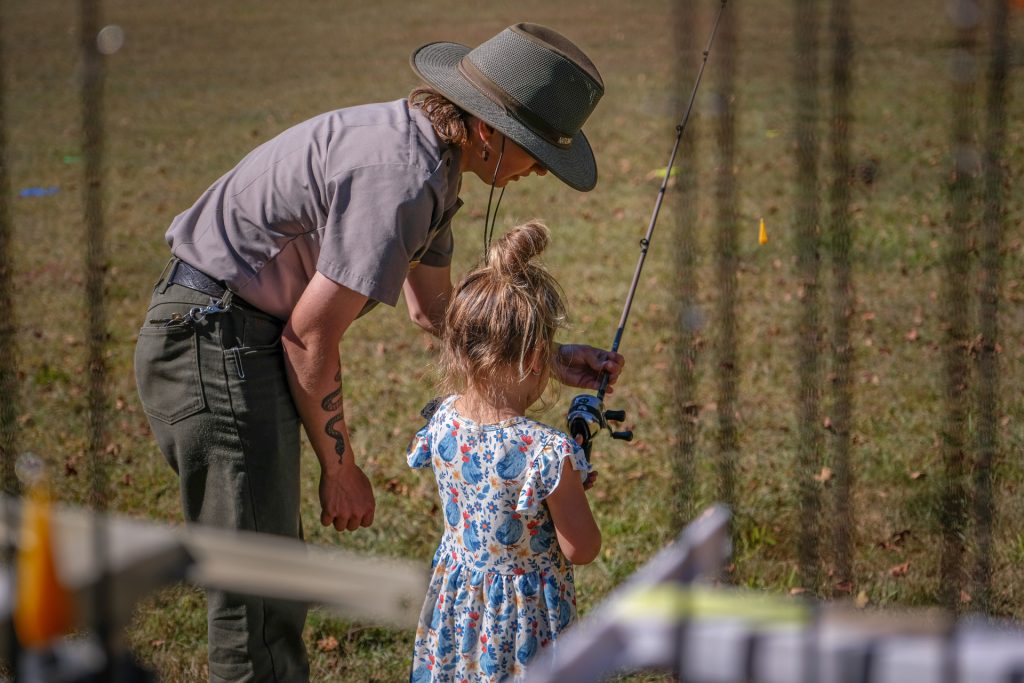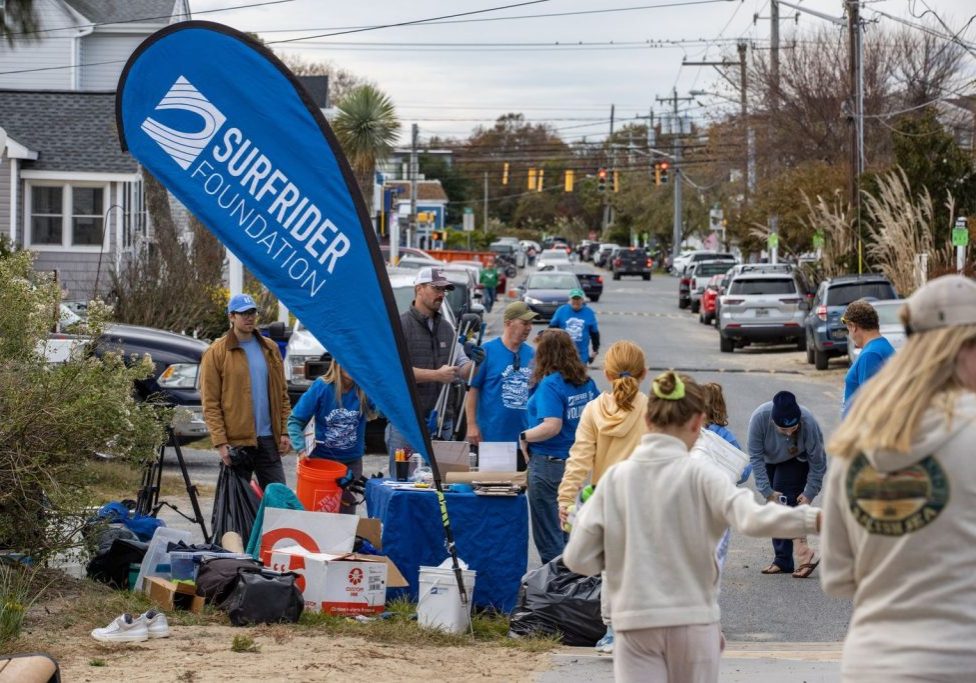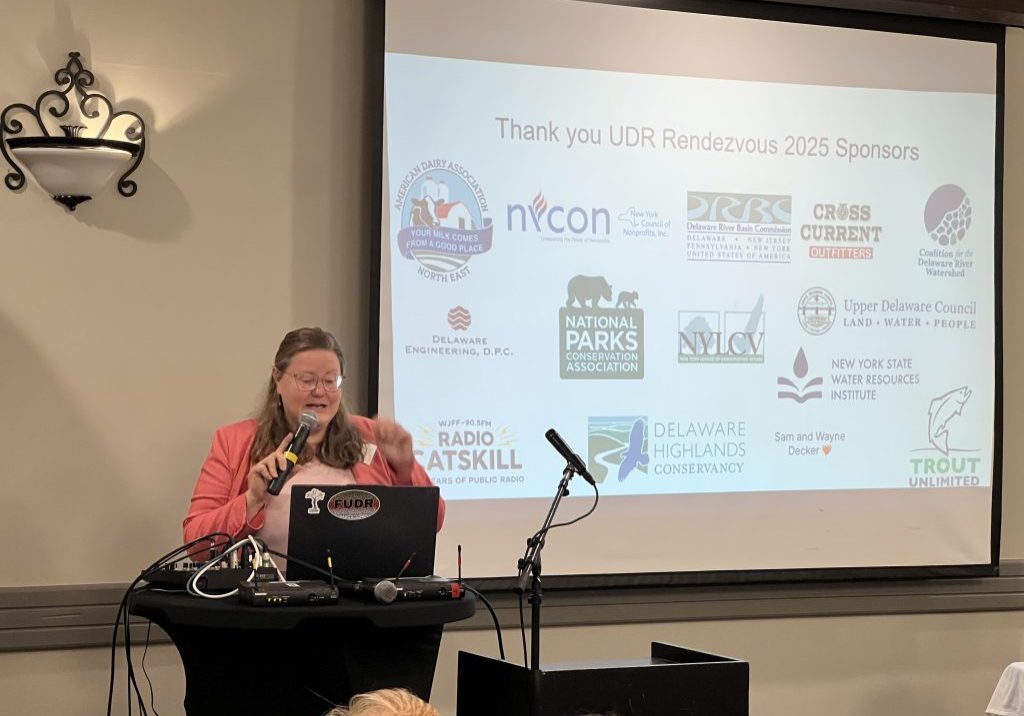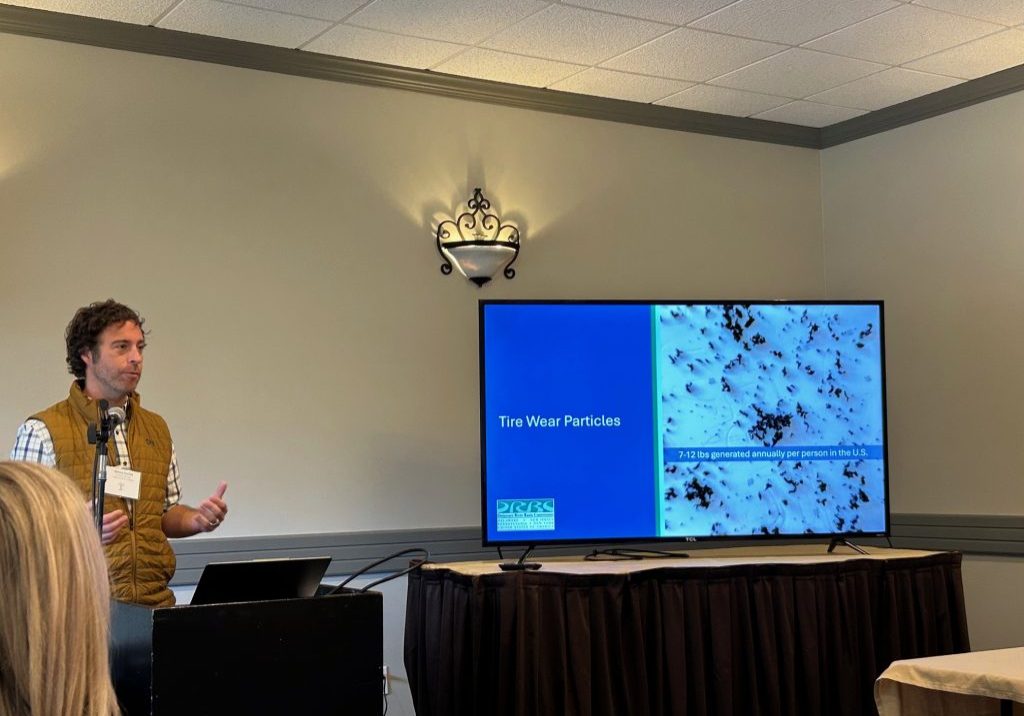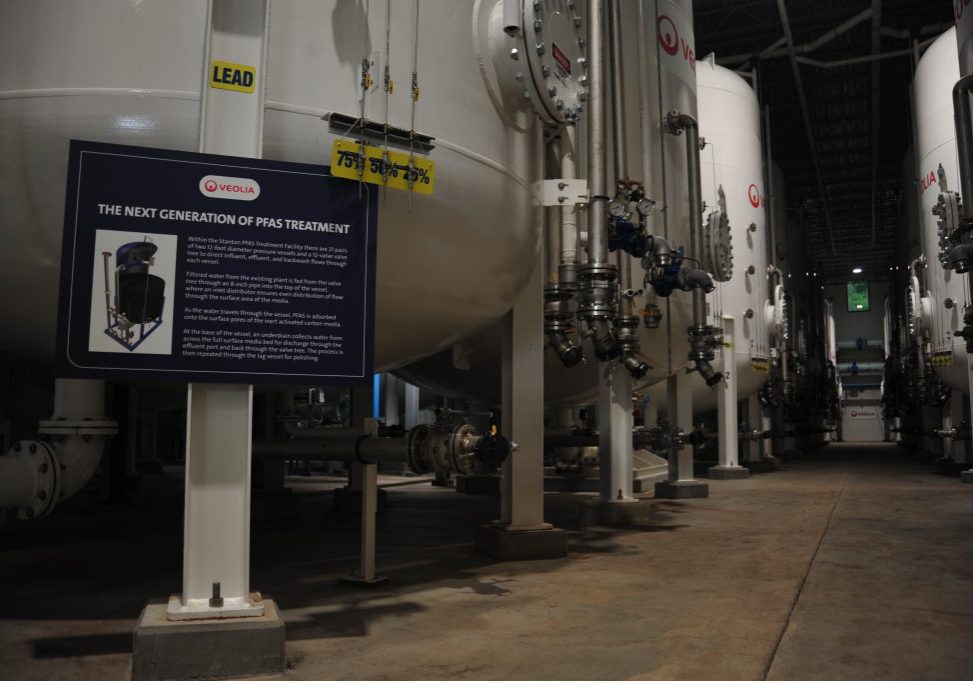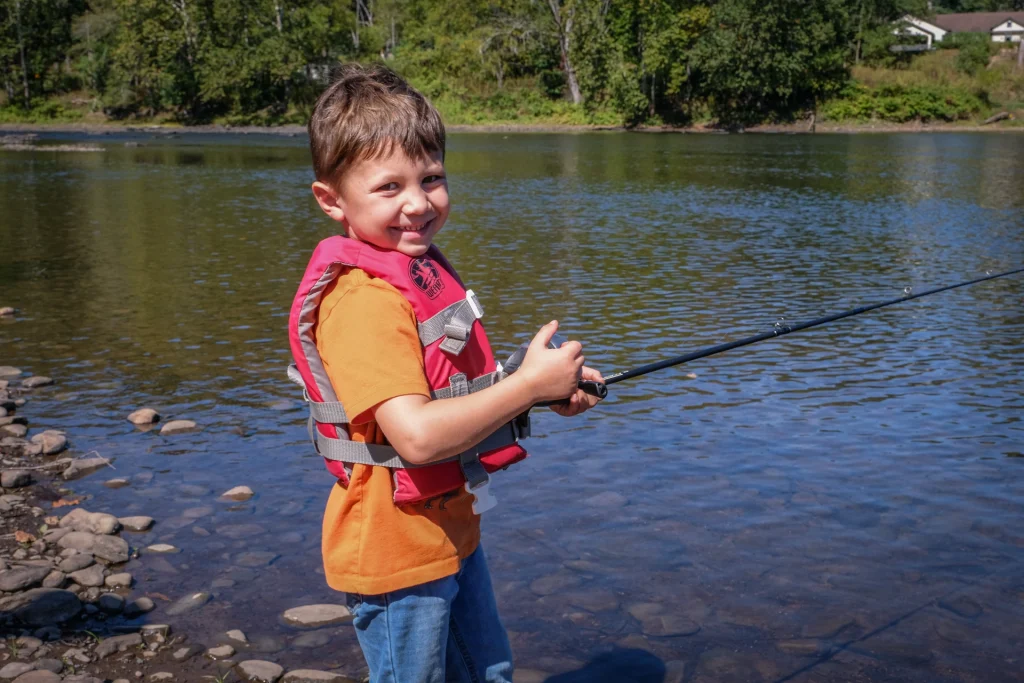
Fishing clinic on the Upper Delaware helps anglers to hone their skills
| October 2, 2025
Tucked far away from much of the busy world, the historic Zane Gray House and Museum sits on a small knob overlooking the confluence of the Lackawaxen and Delaware Rivers. Eagles are often spied soaring far overhead, and if you’re lucky, you may see them perched in a tree adjacent to the shore watching for just the right opportunity to swoop down on an unsuspecting trout or shad.
Here, a fishing clinic on Sept. 20 drew the young and old, experts and novices.
Annie D’Arcy, the architect of the event, has spent her summer as the fish and feather intern at the National Park Service. She said fishing in its many forms has existed for more than 40,000 years.
The event, hosted by the Upper Delaware Scenic and Recreational River, the Pike-Wayne Chapter of Trout Unlimited and Project Healing Waters, was structured around several learning stations, including fish identification, knot tying and casting. Participants visited each station and were treated to a talk, as well as specific instructions.
“There are a lot of really complicated knots with fishing, so it’s really easy to be overwhelmed,” D’Arcy said. “Our instructions here today are helping break down the three main different kind of knots.”
Fly tying expert Mat Cooper, from Westtown, N.Y., explained the different types of flies and how they worked.
“There’s streamers, nymphs, wet flies, dry flies,” Cooper said. “Those are pretty much the main types of flies. Your dry flies float, your wet flies sink and your nymphs are on the bottom and your streamers are obviously representing bait fish.”
One of the most popular stations was the fish identification table. Guests were given a small cutout of a type of fish typically found in the Upper Delaware, and were tasked with using a printed guide to identify the fish.
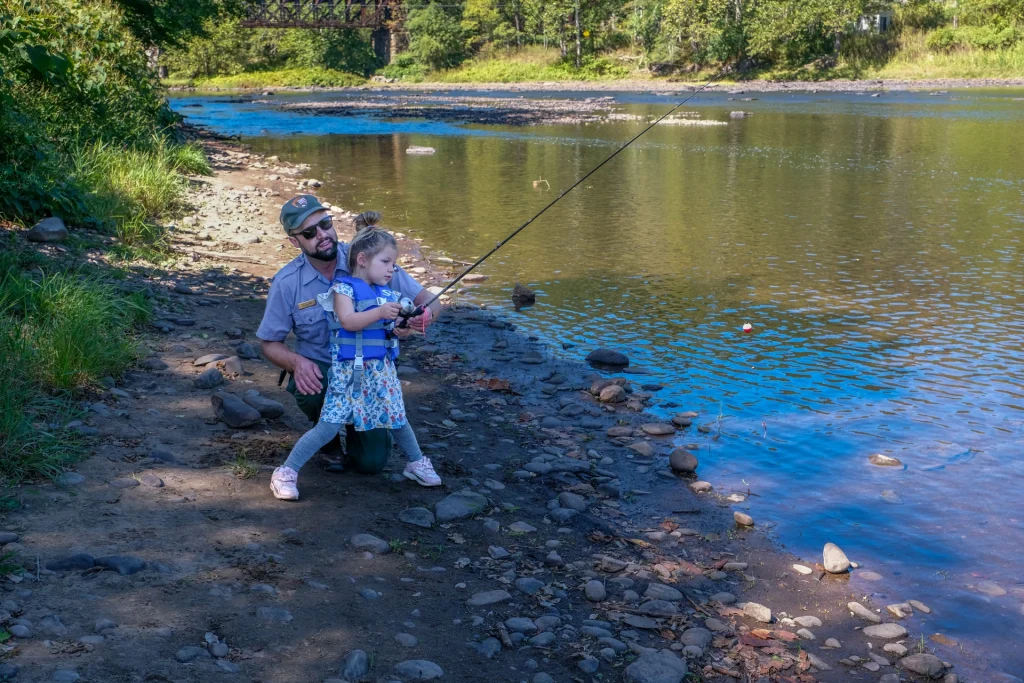
Both adults and kids enjoyed learning to cast, as the patient teachers worked to help everyone hone their skills.
For most, learning to fly-cast was a challenge, but eventually nearly all were able to awaken their inner angler, and channel the words of Norman Maclean who wrote: “…in the Arctic half-light of the canyon, all existence fades to a being with my soul and memories and the sounds of the Big Blackfoot River and a four-count rhythm and the hope that a fish will rise. Eventually, all things merge into one and a river runs through it.”
